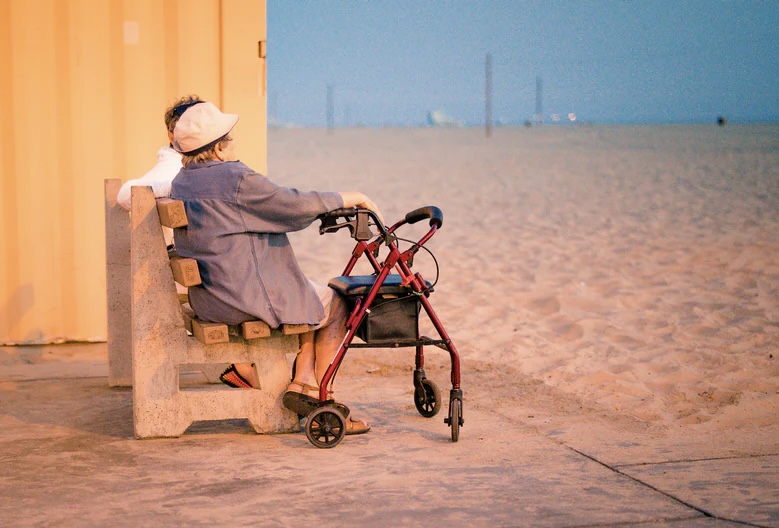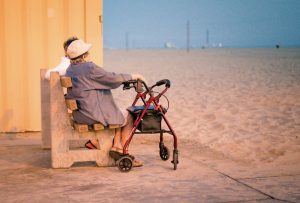
Certain purchases can make caregiving easier and safer.
The role of caregiver requires a lot of responsibility.
The individuals who require assistance are often vulnerable to injury.
Caregivers worry about whether they will be able to prevent accidents, especially when giving care in the home setting.
According to a recent AARP article titled “9 Items That Make Home Caregiving Easier,” some tools may be available to provide greater protections when caregiving at home.

Those providing caregiving to loved ones with limited mobility or strength must take precautions to prevent falls.
What are these?
Sit-to-stand toilet.
People often require multiple trips to the bathroom in a day.
Because this is a highly frequented location, falls often happen in the restroom.
Having toilets with handlebars and adjustable seat heights can provide a sense of relief for caregivers helping their loved ones enjoy privacy while taking care of business.
Adjustable beds.
Sometimes loved ones provide caregiving to those who are bedridden.
In these situations, adjustable beds can be a wise investment.
With the push of a button, the elderly loved one can move from sleeping position to seated position for eating.
They can also be helpful for preventing bedsores or allowing for safer transfers out of bed.
Walk-in shower with handrails.
Showers are another common area for falls.
Often caregiving means helping another person bathe or shower.
It is often easier to place a bench or a seat in a walk-in shower rather than a bath.
Installing anti-slip flooring and handrails can help provide balance and stability.
Because seniors often have sensitive skin, having faucets with the ability to adjust water pressure and temperature is important.
Motion-sensor lights.
Those who are not bedridden may find themselves having trouble sleeping or wandering around the home in the dark.
With motion-sensor lights, long hallways and stairs can have better illumination.
They are often fairly easy to install as they can have double-sided adhesive or magnets included.
These lights also can shut off automatically after a certain amount of time to preserve batter life.
In-home cameras.
Those providing care cannot do so all day and night.
They too must sleep, eat, and shower.
During these times, it can bring peace of mind to have a camera around to record whether a loved one has wandered off without the knowledge of the caregiver.
GPS trackers.
Although a GPS tracker can seem a little odd to place on a loved one, it can help keep them safe.
When someone is providing care to an elderly loved one, who still desires and is capable of some independence, a tracking device can allow for the elderly loved one to have some freedom without the caregiver worrying.
Some devices even allow for custom notifications if a person has left a safety zone.
Other devices enable the caregiver to communicate with the loved one.
Monitoring apps.
Keeping track of everything while caregiving can be a challenge.
This is especially true if the one receiving care has memory loss or dementia.
Often loved ones require medications at a specific time of day or have several appointments in a given week.
By keeping track of these on an app, caregivers are less likely to forget important events or actions each day.
Customizable digital clocks.
Keeping track of time is important to the caregiver and the one receiving the care.
The clocks can be programmed with customizable voice reminders.
Some of these even allow for the voice of a loved one to be recorded to remind the elderly individual when to take medications or when to accomplish specific tasks.
Large erasable whiteboards and calendars.
While there may be one primary caregiver, the entire household is involved with daily life.
Having a whiteboard or calendar available can help with leaving important messages and keeping everyone informed.
Although caregiving is often a thankless job, taking advantage of available tools and resources can help make the role a little less overwhelming.
Reference: AARP (Dec. 21, 2021) “9 Items That Make Home Caregiving Easier”
REMEMBER: “The choice of a lawyer is an important decision and should not be based solely upon advertisements.”
This statement is required by rule of the Supreme Court of Missouri.
